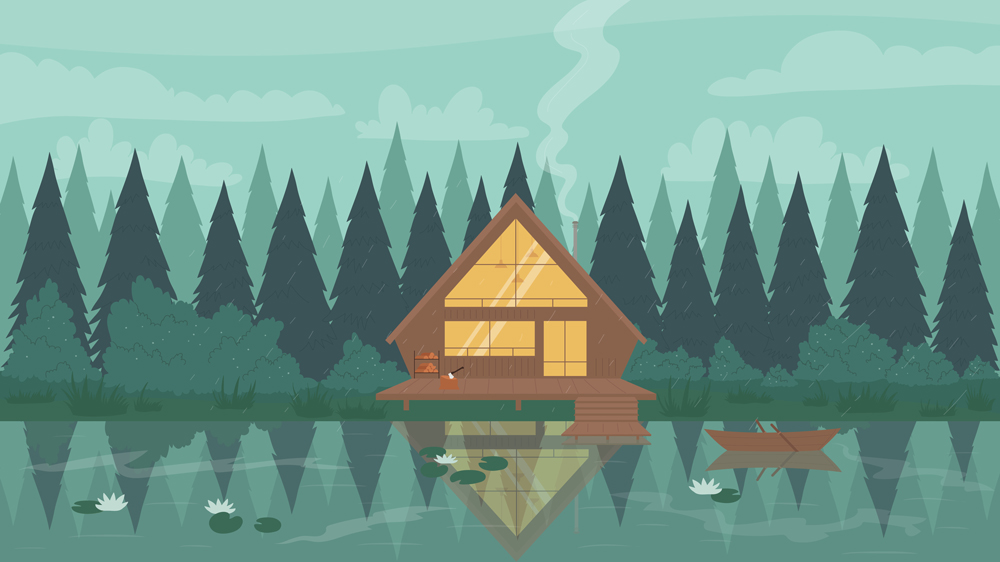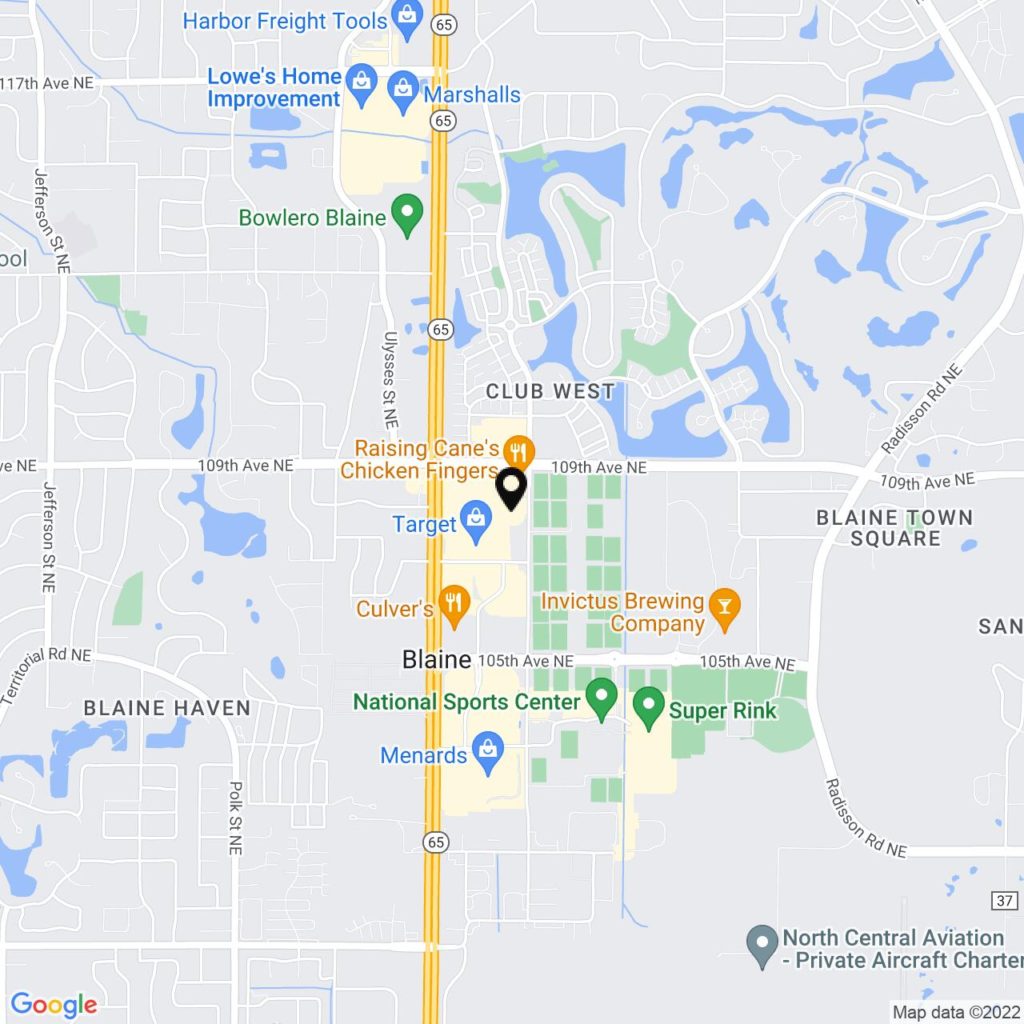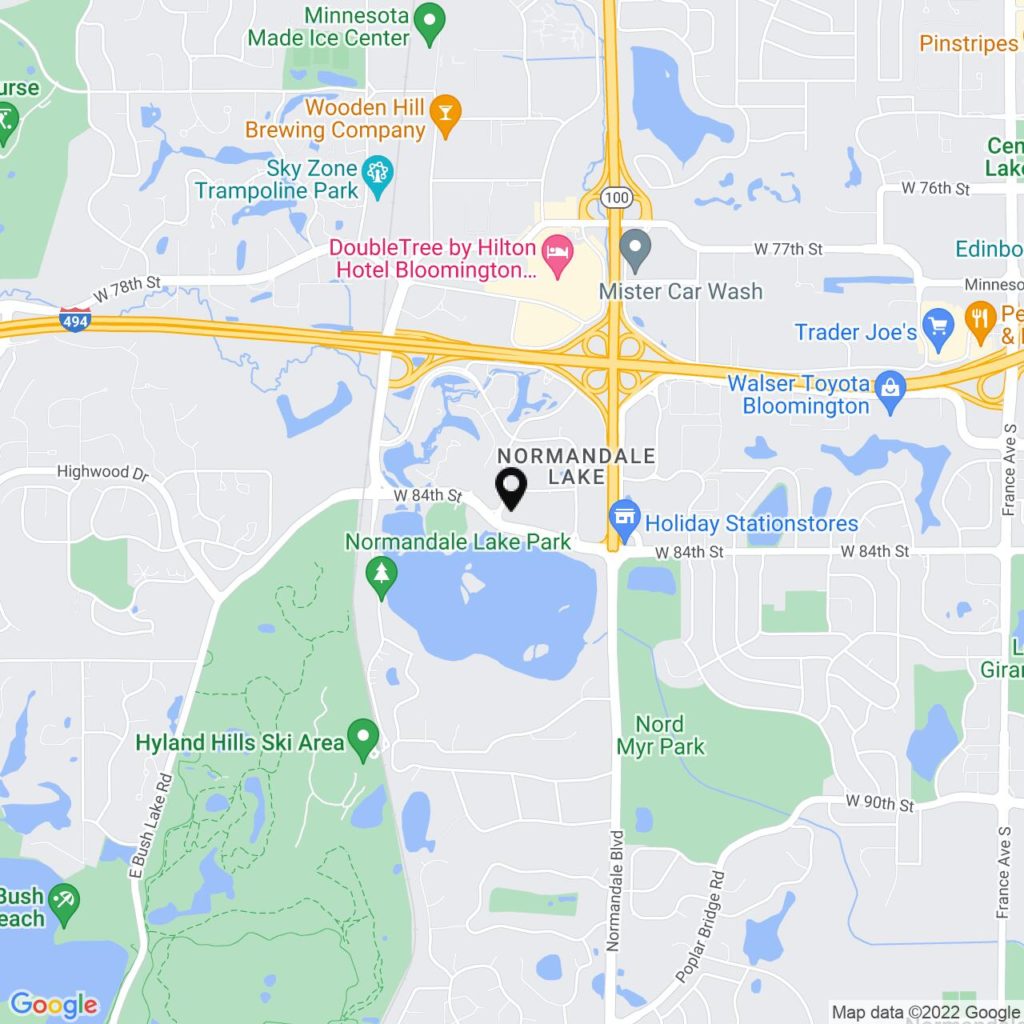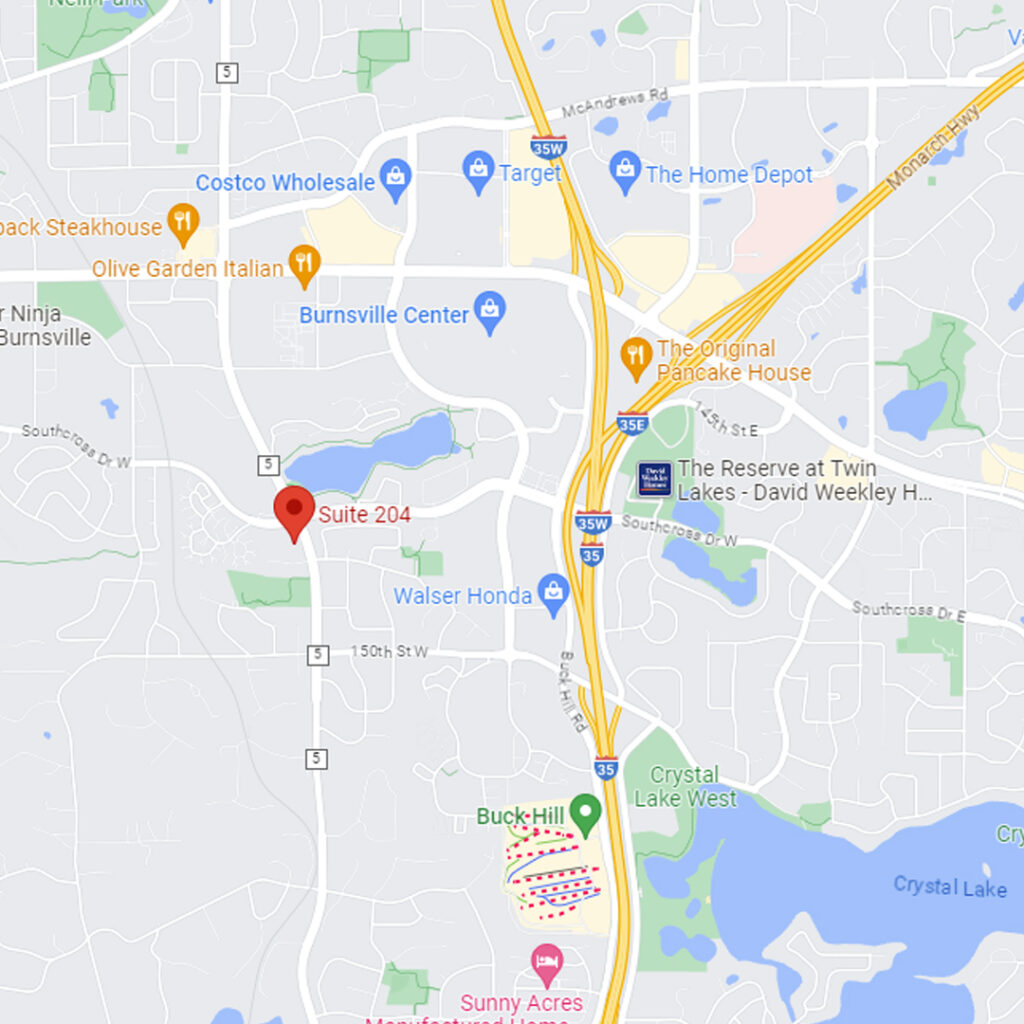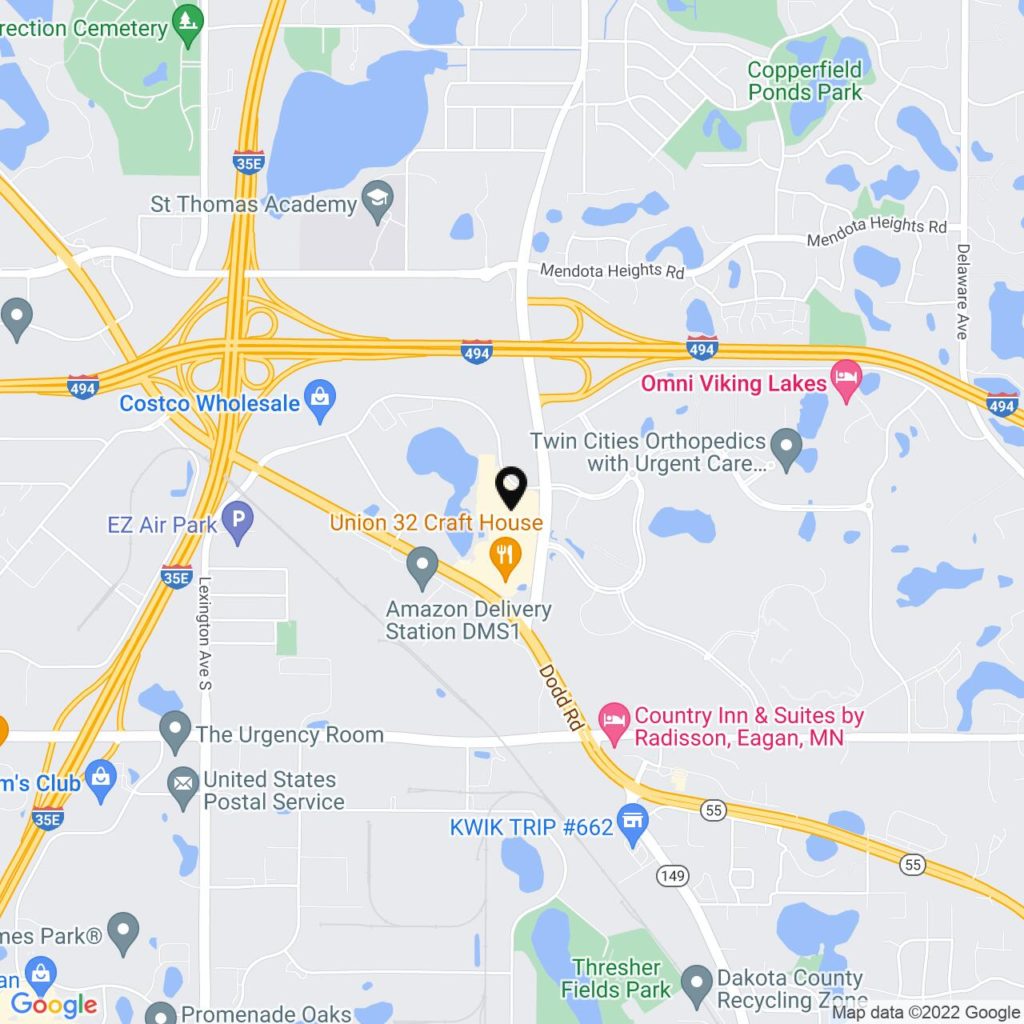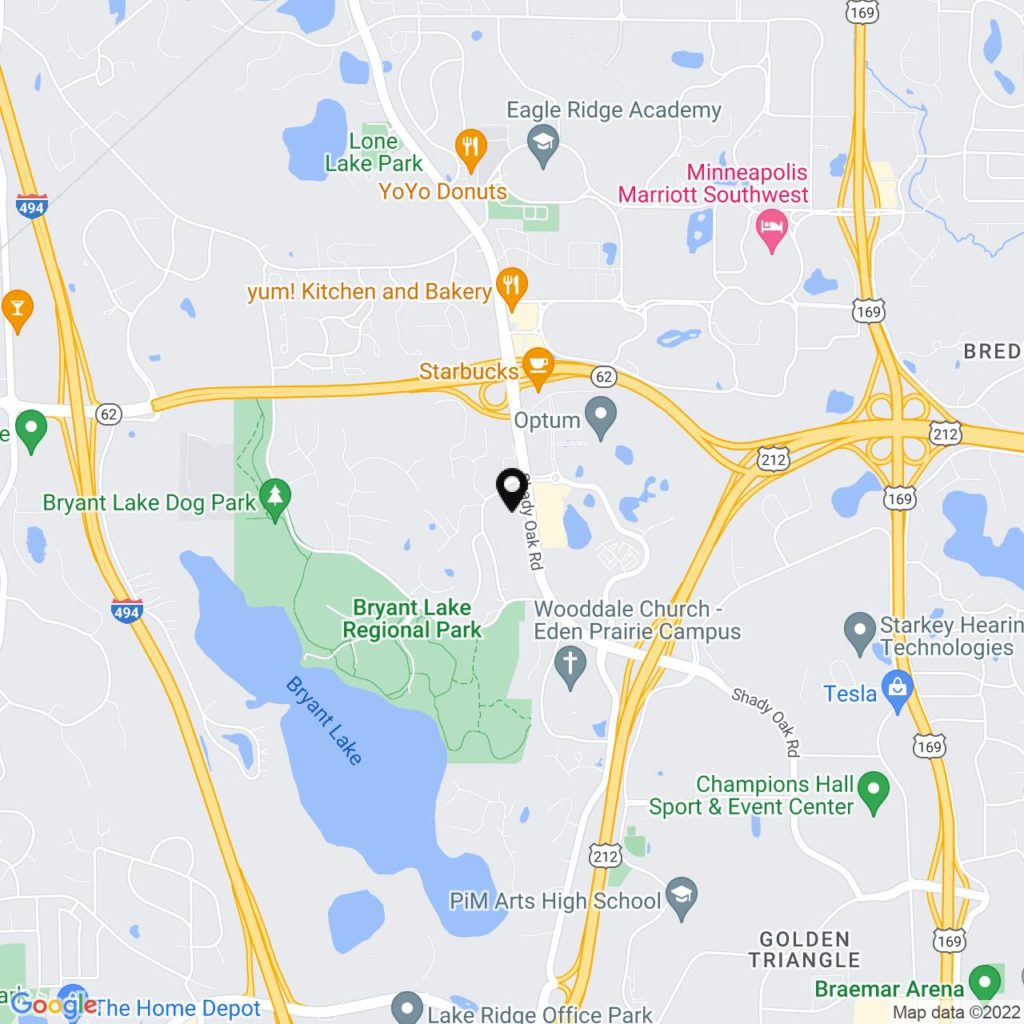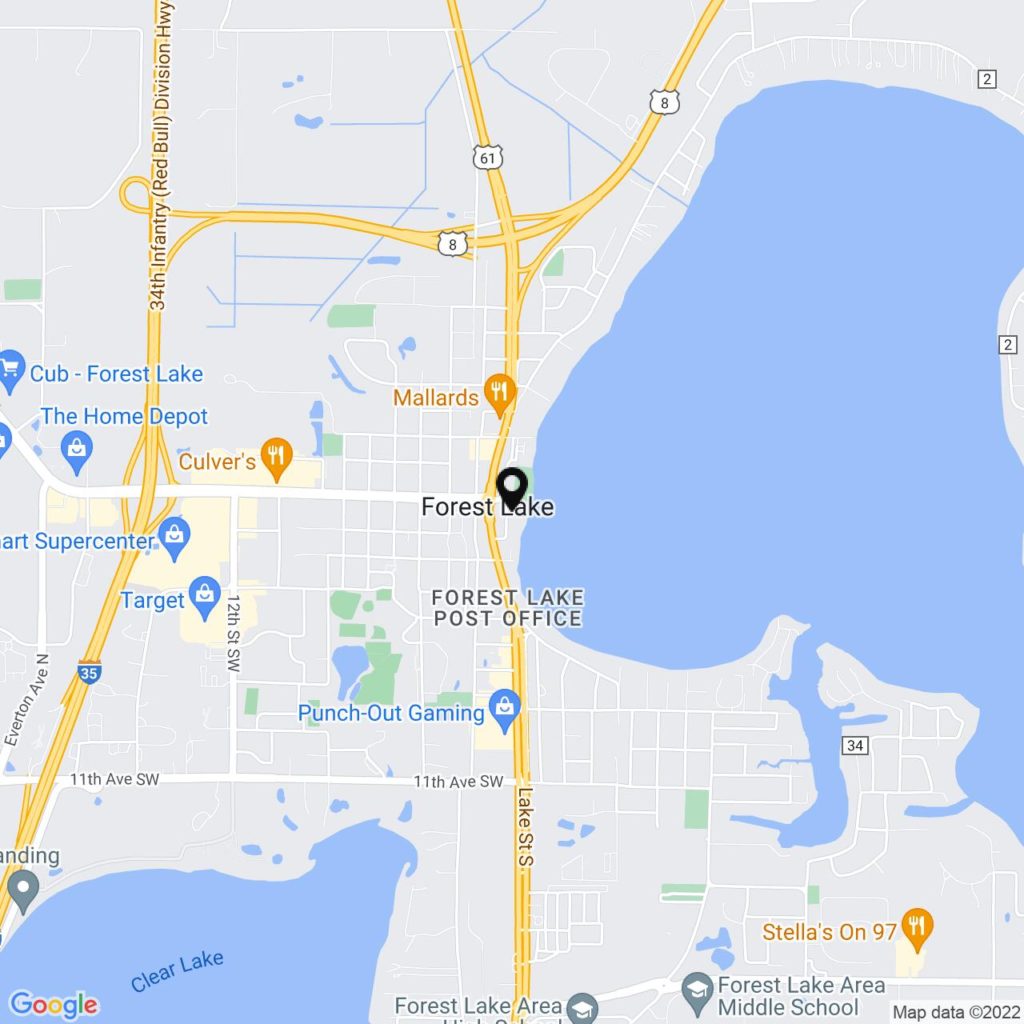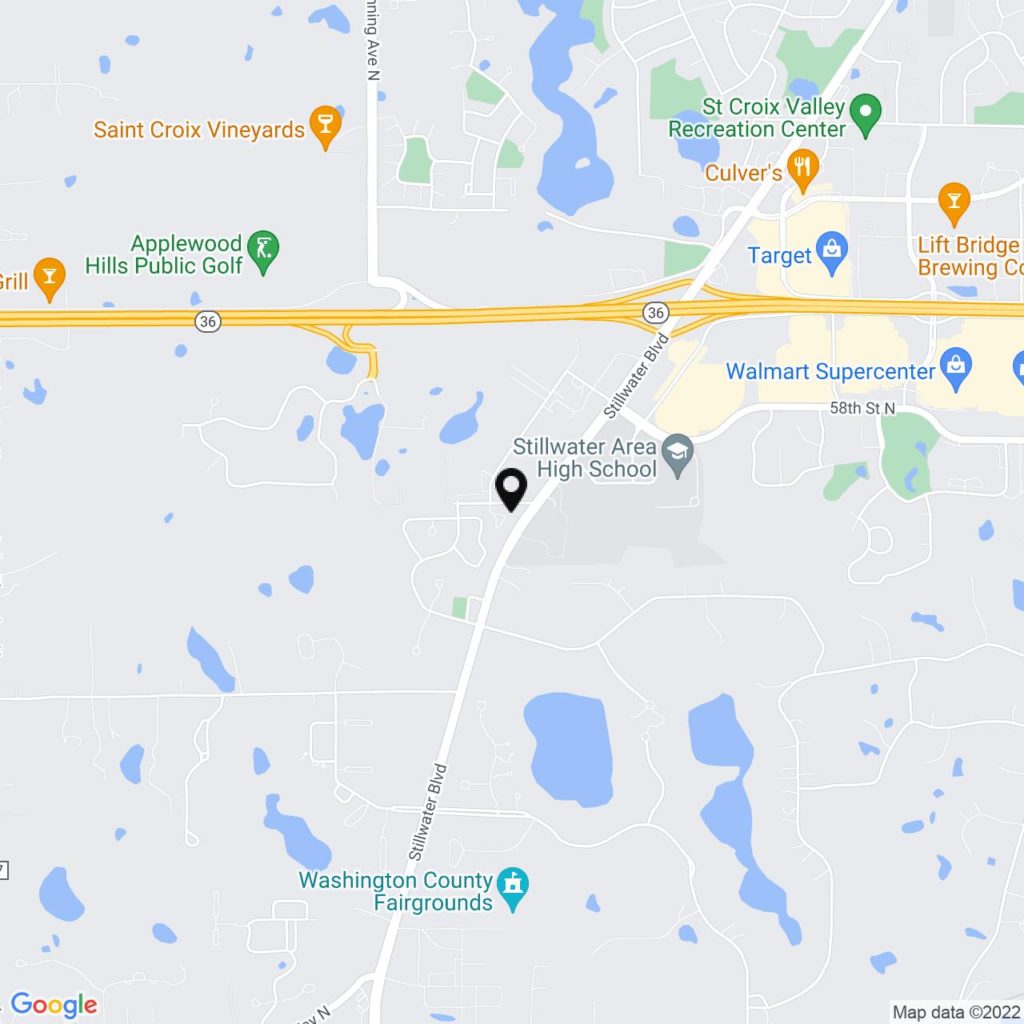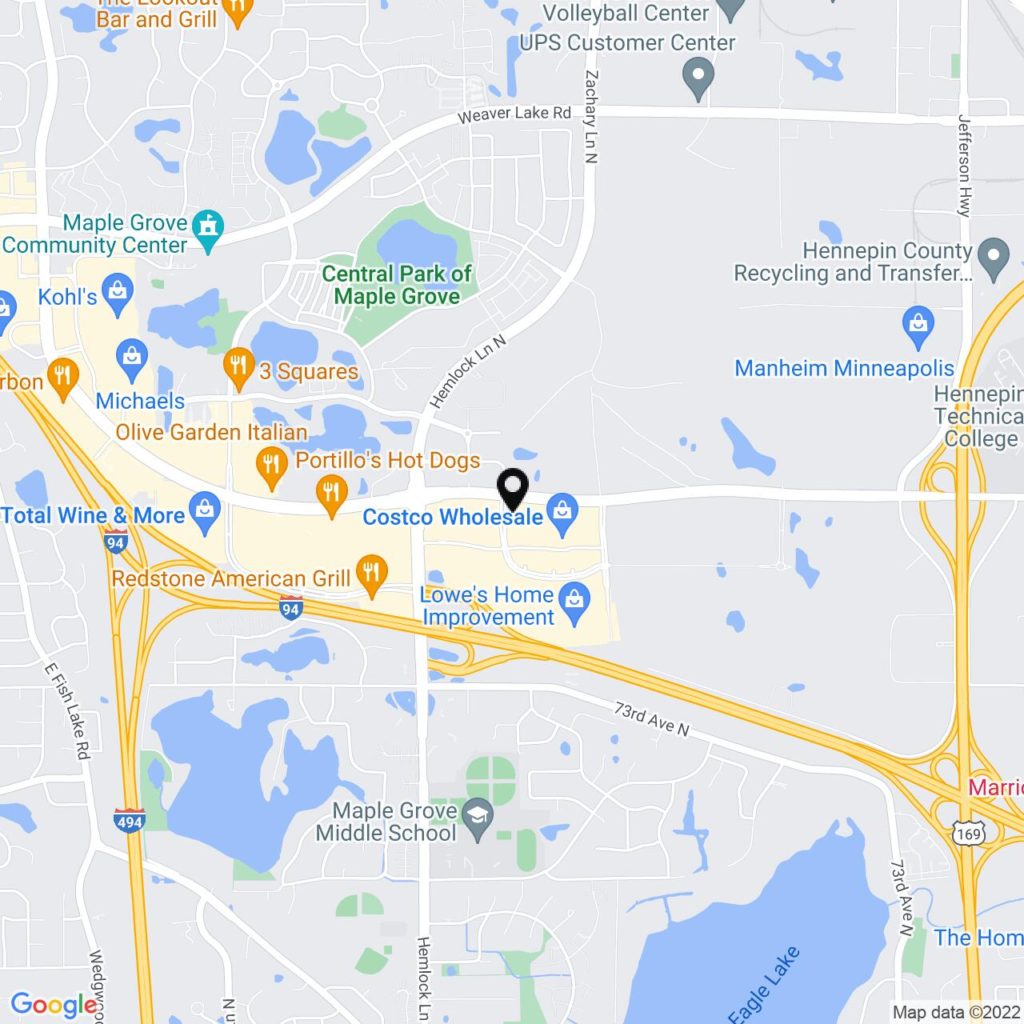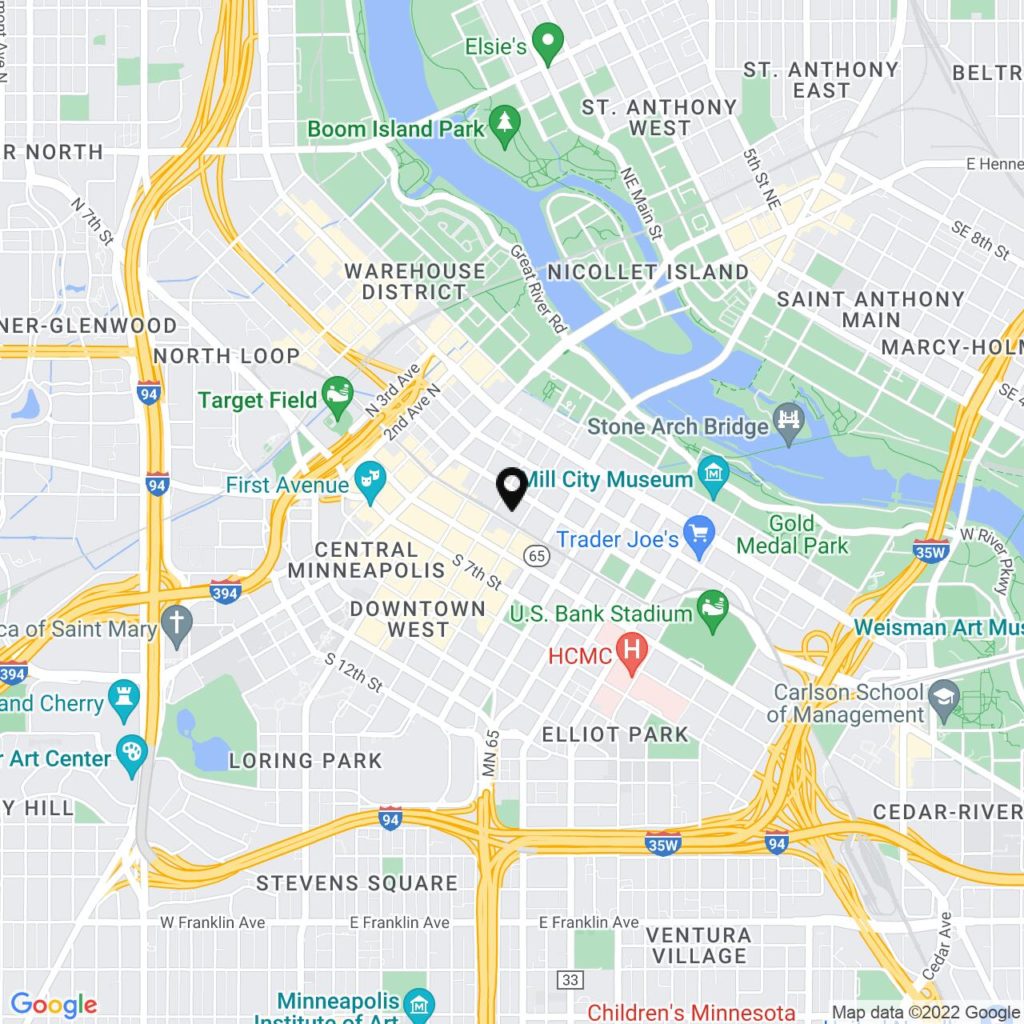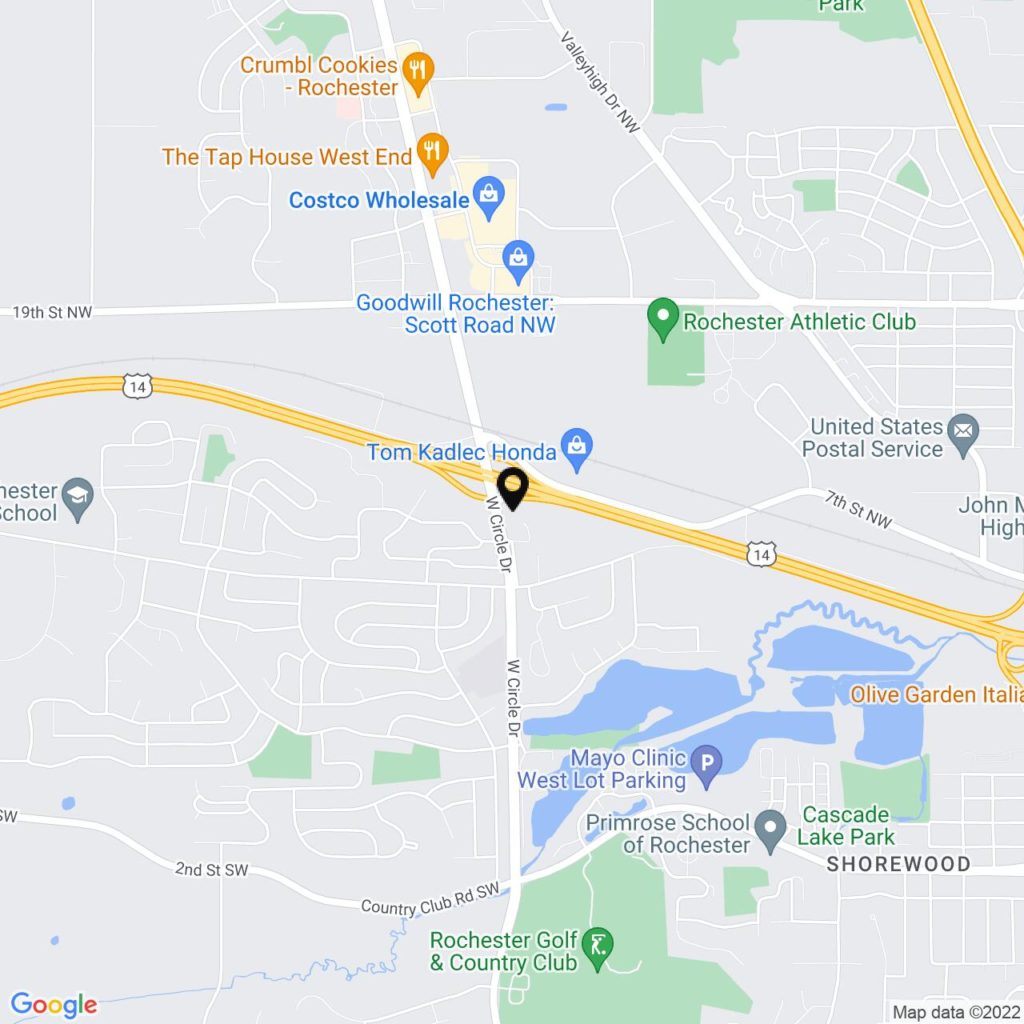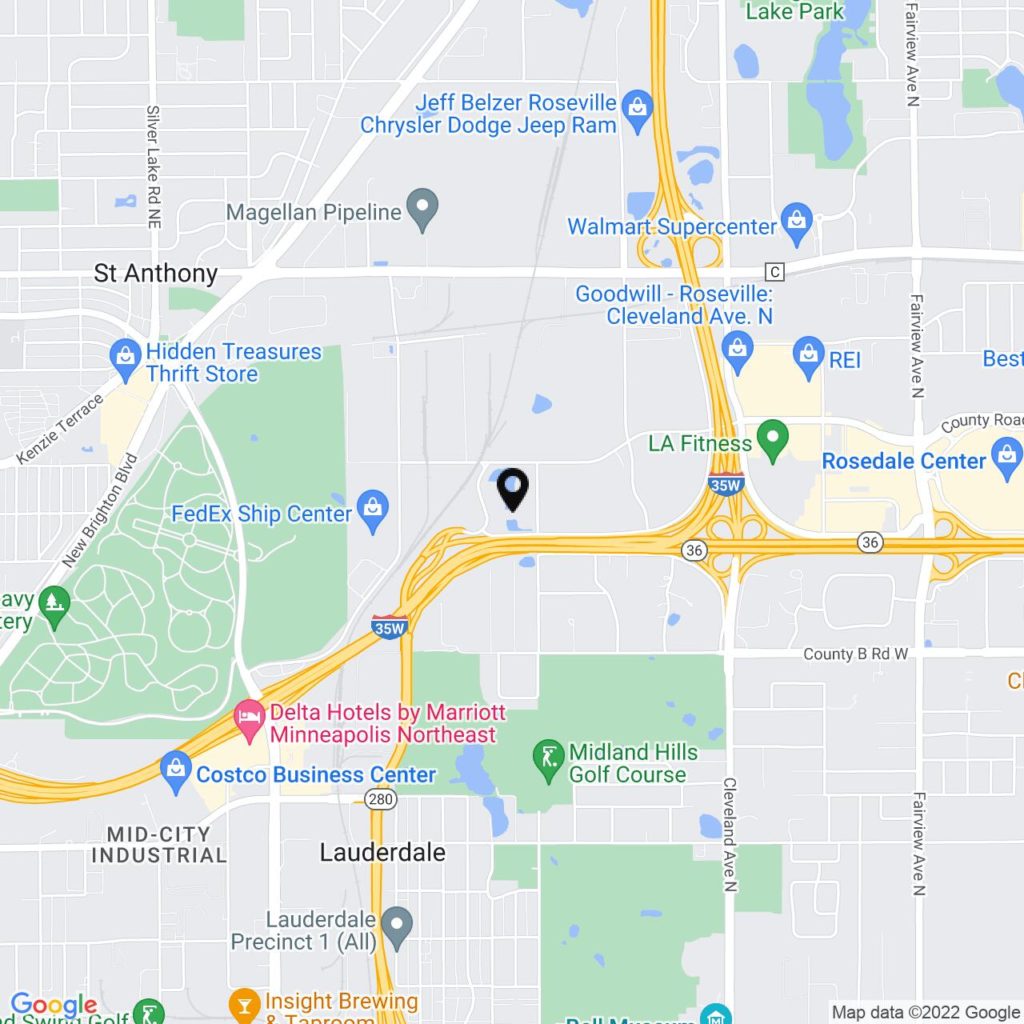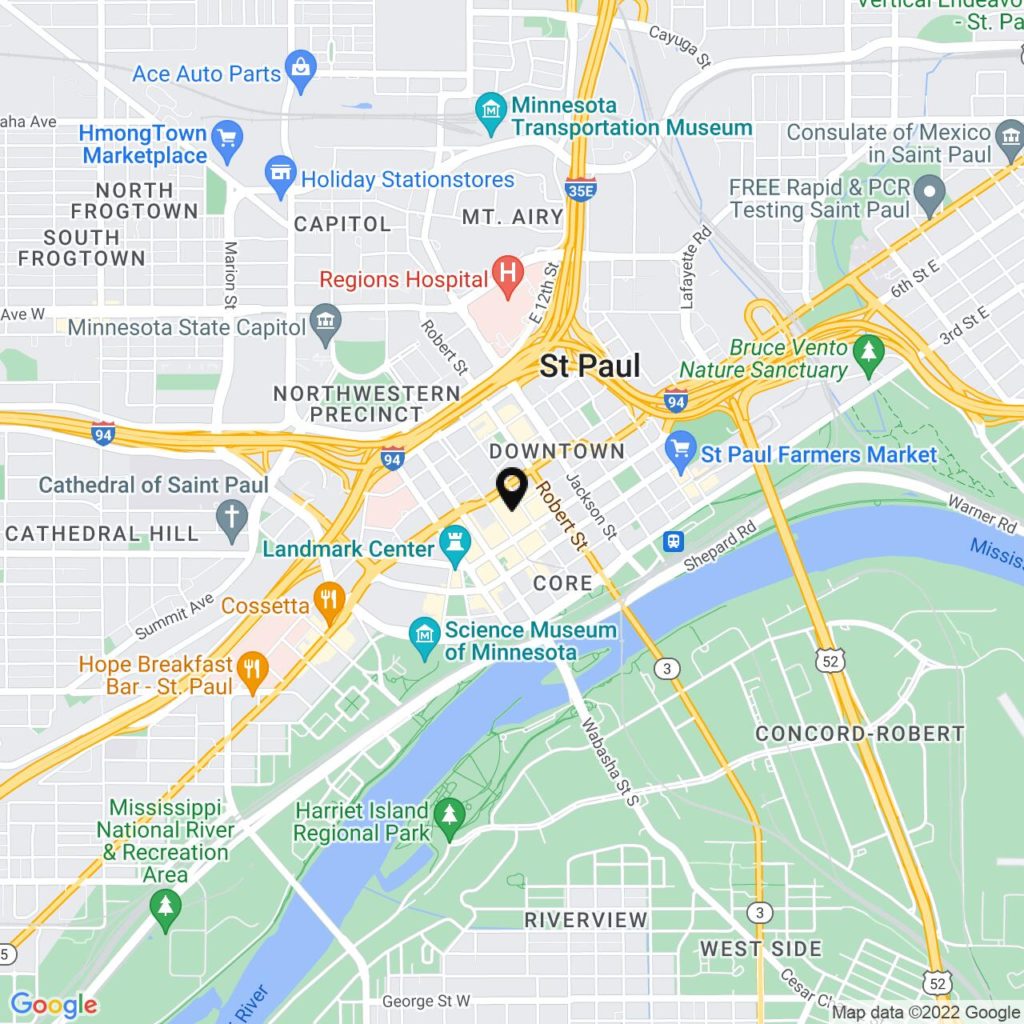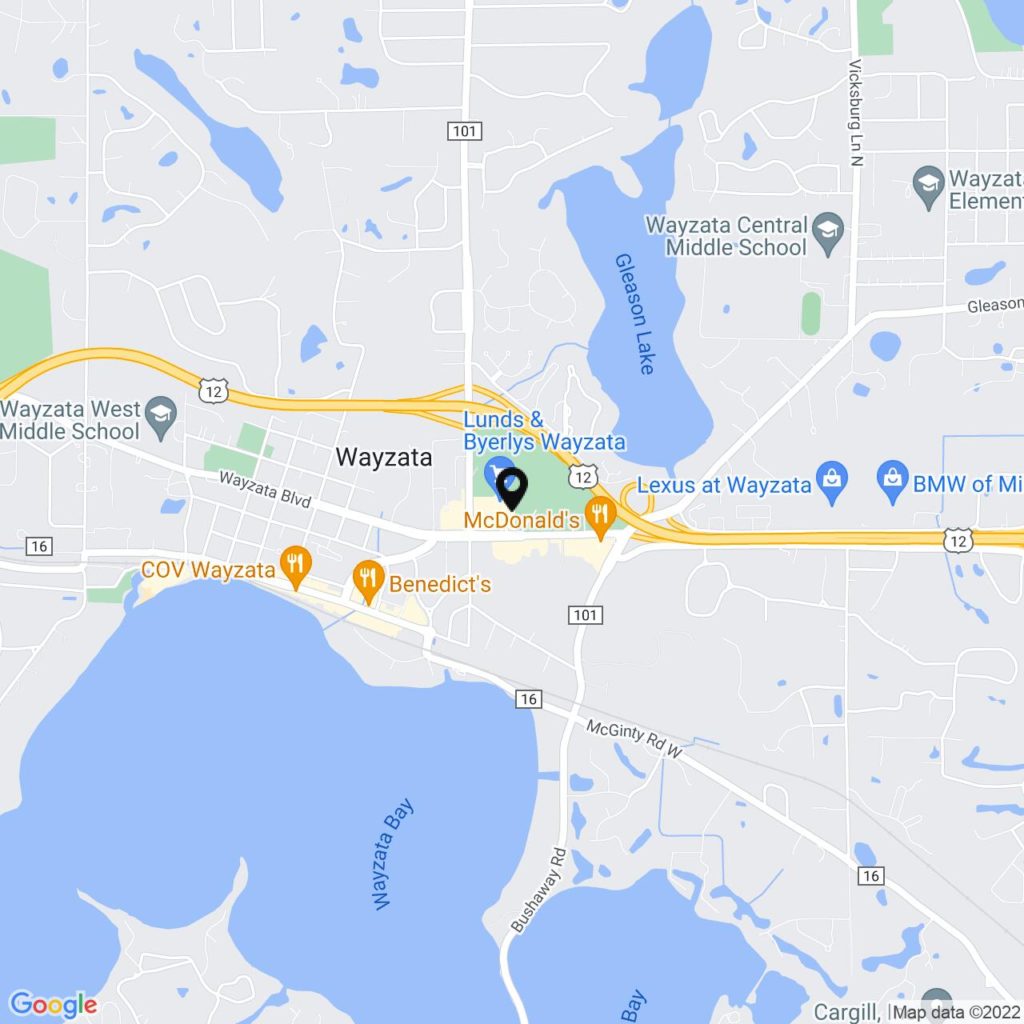Securing your family cabin for future generations requires careful estate planning. Johnson/Turner excels in simplifying the vital process of estate planning for family cabins. We ensure your cherished family retreat continues enriching lives for years to come.
Click here for information about protecting your vacation home.
Celebrate Your Family Cabin’s Heritage
Family cabins represent more than property; they’re centers of joy, relaxation, and precious memories. These retreats embody your family’s heritage but can cause disputes without proper planning. Johnson/Turner expertly guides you through estate planning, safeguarding your cabin’s sentimental value.
Initiate the Estate Planning Journey
Effective estate planning begins with a family conversation. At Johnson/Turner, we encourage a family meeting to discuss everyone’s hopes and concerns about the cabin. This crucial step forms the basis for a thoughtful estate plan that respects your family’s wishes.
Tailoring Estate Planning to Your Needs
Johnson/Turner recognizes every family’s uniqueness. Consider these estate planning options:
- Do Nothing: A hands-off approach often leads to probate, potentially causing unnecessary financial and emotional stress for your family.
- Quit Claim Deed: This method simplifies the transfer of cabin ownership but does not shield the property from the legal troubles that new owners might face, such as creditors’ claims or legal judgments.
- Transfer on Death Deed (TODD): A TODD avoids the probate process and can offer tax advantages. However, it doesn’t address the ongoing management of the cabin, such as maintenance costs, use scheduling, or conflict resolution among beneficiaries.
- LLC or Partnership: Creating a Limited Liability Company (LLC) or Partnership for the cabin provides liability protection and keeps the property out of probate. This structure can also facilitate shared management and usage but involves ongoing legal and financial maintenance, including annual filings and potential tax implications.
- Cabin Trust: A Cabin Trust, often recommended by Johnson/Turner, bypasses probate and sets clear guidelines for usage, expenses, and management, including how decisions are made and conflicts resolved. It also offers creditor protection and can help in tax planning. This option provides a structured yet flexible framework for multi-generational enjoyment of the cabin.
Each choice has its benefits and limitations. Our skilled attorneys will walk you through these options, ensuring you select the best fit for your family’s needs.
Why Trust Johnson/Turner?
Choosing Johnson/Turner for your estate planning needs means selecting a partner committed to compassion, clarity, and innovation. We offer:
- Personalized Consultations: Our free 30-minute consultations provide tailored advice for your situation.
- Expert Guidance: Our team’s deep understanding of estate planning ensures your family’s legacy remains intact as per your desires.
- Customized Strategies: We craft solutions specifically designed for your family’s unique circumstances.
- Streamlined Process: We aim to make legal procedures straightforward and hassle-free, allowing you to focus on what’s important – your family.
Upholding Your Family’s Legacy
Johnson/Turner is committed to ensuring your family cabin remains a source of joy, not a legal burden. Trust us to handle the legal details, while you continue creating lasting memories with your loved ones.

